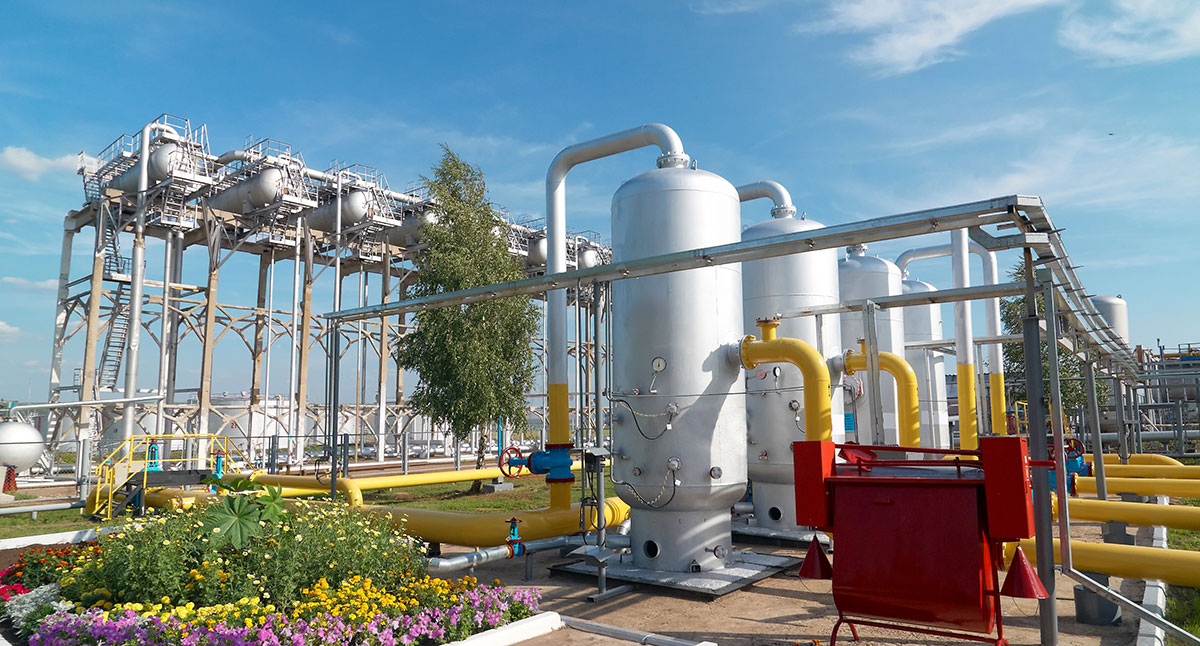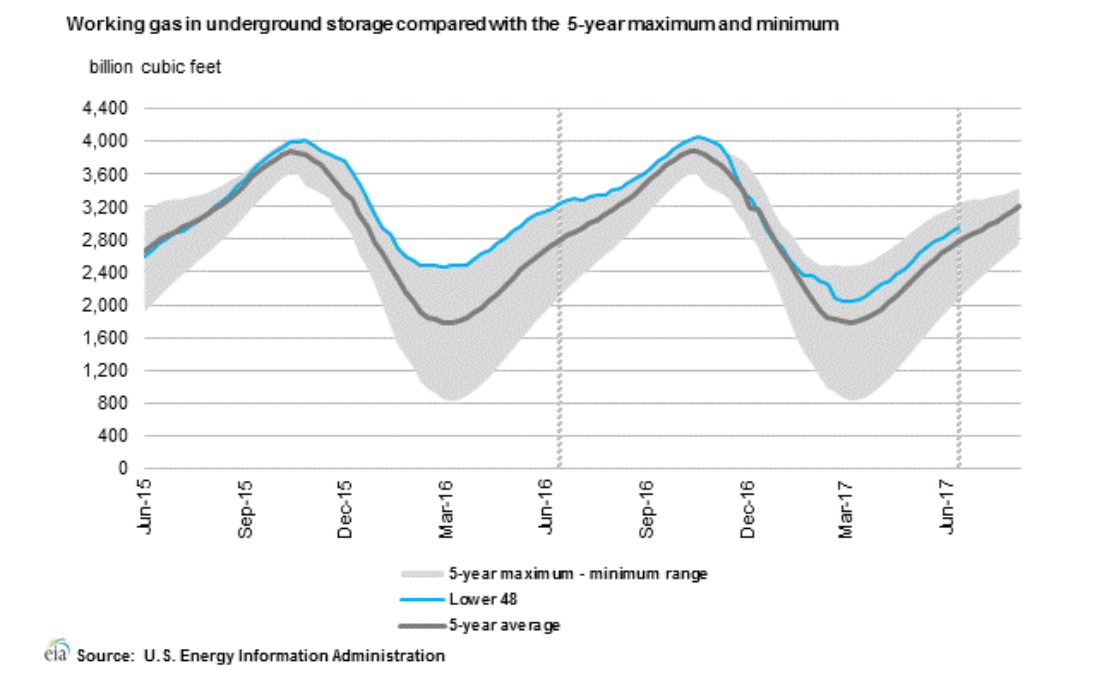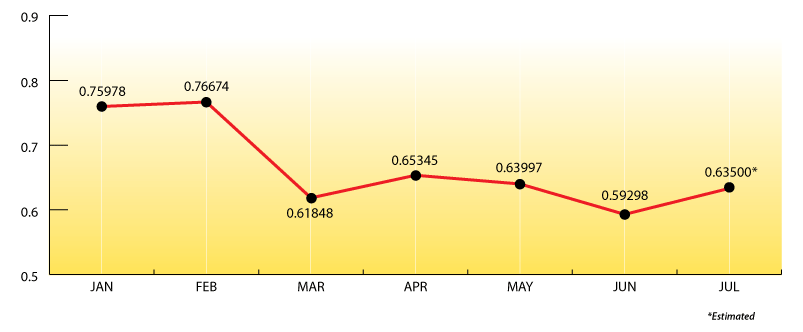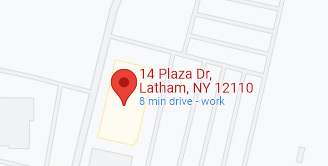Who's Henry Hub?
 Why are natural gas inventory levels important to the propane industry?
Why are natural gas inventory levels important to the propane industry?
I think it’s interesting to talk about names and place names that we often use in our industry, but may not know much about.
In March, for example, we talked about crude oil and the Brent goose.
Today, we’ll talk a little bit about natural gas and Henry Hub.
Where is Henry Hub?
Henry Hub is in Erath, Louisiana. It’s named after the hamlet of Henry (which is named after William Henry, about 6 miles southwest of Erath) near the Gulf of Mexico. More than a dozen intrastate and interstate natural gas pipelines originate or flow thru the Henry Hub junction.
Henry Hub is the NYMEX delivery location, and basis price reference, for natural gas (just as New York Harbor is for #2 heating oil, or Mt. Belvieu is for propane).
We’ve mentioned before that propane has two “parents”, natural gas and crude oil. Since most of our propane comes from natural gas processing plants, as opposed to refinery production, it’s important to understand more about it.
What's the difference betweeen dry and wet natural gas?
It’s a little complicated … so we’ll take it slowly.
There are over 500 natural gas processing facilities in the US. They process raw natural gas from as many as 100 different wells (both oil and gas wells) connected by pipelines to the gas plants. When we think of the natural gas that the consumer uses to stay warm or cool in New York City or Boston, we’re thinking of “dry” natural gas, which is methane.
Even within the same shale region, like the Marcellus, different areas of the region will contain more “dry” than “wet” natural gas and vice versa.
Of course, our propane industry likes the “wet” natural gas (think western PA, for example), which also contains five natural gas liquids (NGLs): ethane, butane, isobutane, natural gasoline … and propane.
First, the natural gas liquids are extracted from the natural gas, and then they are separated from each other. The fractionation process uses different units and different boiling points or temperatures to separate the natural gas liquids one by one.
Since most of our propane comes from natural gas processing plants, it’s a good idea to follow natural gas inventories. The chart below shows where we’re at now, compared to the 5-year average. As you can see, we’re currently just above the 5-year average, and it now seems likely that we’ll reach the same peak level as the past 2 years (about 4,000 bcf). That should be good news for propane inventories, since strong natural gas builds often equal strong propane production.

How are propane inventories doing?
We had a 3.5 mmbbls. build this week. That puts total US propane inventory level at 65.7 mmbbls., about 24.8% behind last year's inventory of 87.4 mmbbls. Not great news, but not alarming yet. After all, we typically build well into October, so there is still plenty of time for us to reach an adequate inventory level before the start of the heating season especially if propane exports continue to stay low. My guess is that we end the build season at 95 mmbbls.
Days of Supply:
| July 2016 |
July 2017 |
| 104.8 | 74.2 |
At first glance, looking at the “Days of Supply” numbers above, compared to last year, we should be more than a little concerned. And yet, total propane inventory levels don’t mean as much as they did before the US began exporting massive amounts of propane.
In the old days, 60 to 65 million barrels was considered an adequate inventory level to start the heating season. But it’s a completely different (and international) world now. I’m not so sure that comparing inventory levels to historical averages, or even last year, is as meaningful as it once was since export levels can change everything up or down so quickly now.
The good news, for now, is that high export levels require a low domestic price (relative to crude, and relative to international prices) and strong international demand. We’re just not seeing either of these things right now, which is why we continue to see multiple cargo cancellations each month.
What's happening with propane prices?
Here are the Mt. Belvieu monthly averages with a projection for July. As you can see, propane prices haven’t really moved all that much since March.

The Skinny:
Propane prices mostly follow the price of crude oil, but propane inventory levels are largely determined by natural gas production, so it's important to keep an eye on the weekly Energy Information Agency (EIA) natural gas inventory statistics.
Reminder: We'd like to thank you for continuing to lift 100% (or more!) of your monthly propane supply contracts. It's very important as we head into the last two months of summer allocation.
Get Stephen's insights on propane delivered to your inbox every month.
Sign up for our email newsletter here.
NOTE: The views and opinions expressed herein are solely those of the author, unless attributed to a third-party source, and do not necessarily reflect the views of Ray Energy Corp, its affiliates, or its employees. The information set forth herein has been obtained or derived from sources believed by the author to be reliable. However, the author does not make any representation or warranty, express or implied, as to the information’s accuracy or completeness, nor does the author recommend that the attached information serve as the basis of any buying decision and it has been provided to you solely for informational purposes.
© 2011-2017 Ray Energy Corp. All rights reserved. Any reproduction, representation, adaptation, translation, and/or transformation, in whole or in part by whatsoever process, of this site or of one or several of its components, is forbidden without the express written authorization from Ray Energy Corp.

